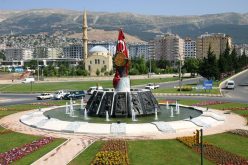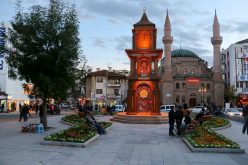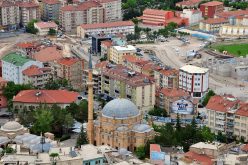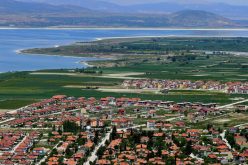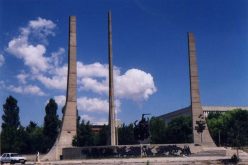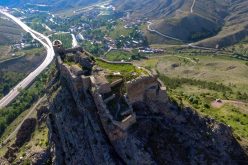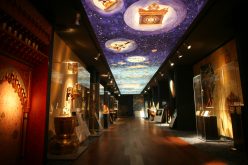Pamukkale
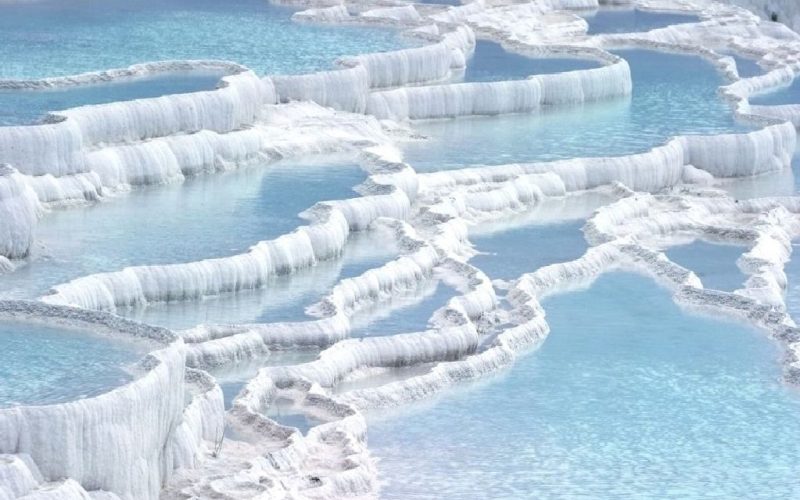
Pamukkale
The sacred Hierapolis of Phrygia, one of the antique cities of the Aegean, was placed on the UNESCO World Heritage List in 1988.
The foundations of Hierapolis were laid during the Phrygian Era because of the sacred site of Cybele in which the cave under the Temple of Apollo was located. However, the ancient city of Hierapolis was founded by Eumenes II, the King of Pergamum, in the second century BC, and its name was derived from Hiera, the beautiful wife of Telephos, the legendary founder of Pergamum. The city was attached to the Asian province of Roman Empire in 129 BC and administrated by proconsuls. It was attached to Pisidia Pacatiana in the third century BC. Hierapolis played an importance role in spreading Christianity in Asia Minor, and it was the place where Phillip, one of the twelve Apostles of Jesus Christ, died. For this reason, Hierapolis became an important religious centre in the fourth century AD. Later, it assumed the title as the Guide of the East, and saw its most brilliant years between 96 and 162 AD. Hierapolis came under the rule of Eastern Roman Empire in 395 AD, and became a metropolitan bishopric.
History and nature meet in an extraordinary manner at Pamukkale. The name Hierapolis also means the sacred city, containing the Necropolis, the Domitian Gate, the Temple of Oktokonus set in a square area, the theatre with reliefs depicting the mythology of Apollo and Artemis, the Frontinus Street, the Agora, the North Byzantine Gate, the South Byzantine Gate, the Gymnasium, the Fountain with Triton, the Apollo sacred site, the water channels and Nymphea, the city walls, the Martyrium of St. Phillip and bridge, the Column Church, the ruins of Basilica and Roman Baths; all still standing in their glory.
The Pamukkale travertine was created by thermal water depositing the calcium carbonate it contained. The natural wonder of Pamukkale travertine deposits span a 160m tall and 2700 m long cascade. With its brilliant white color, it can be seen about a distance of 20 km. At Pamukkale there are 5 thermal springs with water temperatures between 35-36 °C.
The thermal mineral water springs and exceptional scenery have impressed people since antiquity. Wealthy people came from Rome and other cities of Anatolia to spend their last years in Hierapolis. Because of this, the Necropolis (grave yard) is full of monumental tombs decorated in styles of many different regions.
The historical artifacts found in the excavations are on display at the Hierapolis Ruins. Tripolis Antique City in Buldan Country, Colossea Antique City in Honaz Country, Tabea Antique City in Kale Country, Apollonia and Herakleia Salbace antique cities in Tavas Country are other important antique settlements located around Hierapolis.

